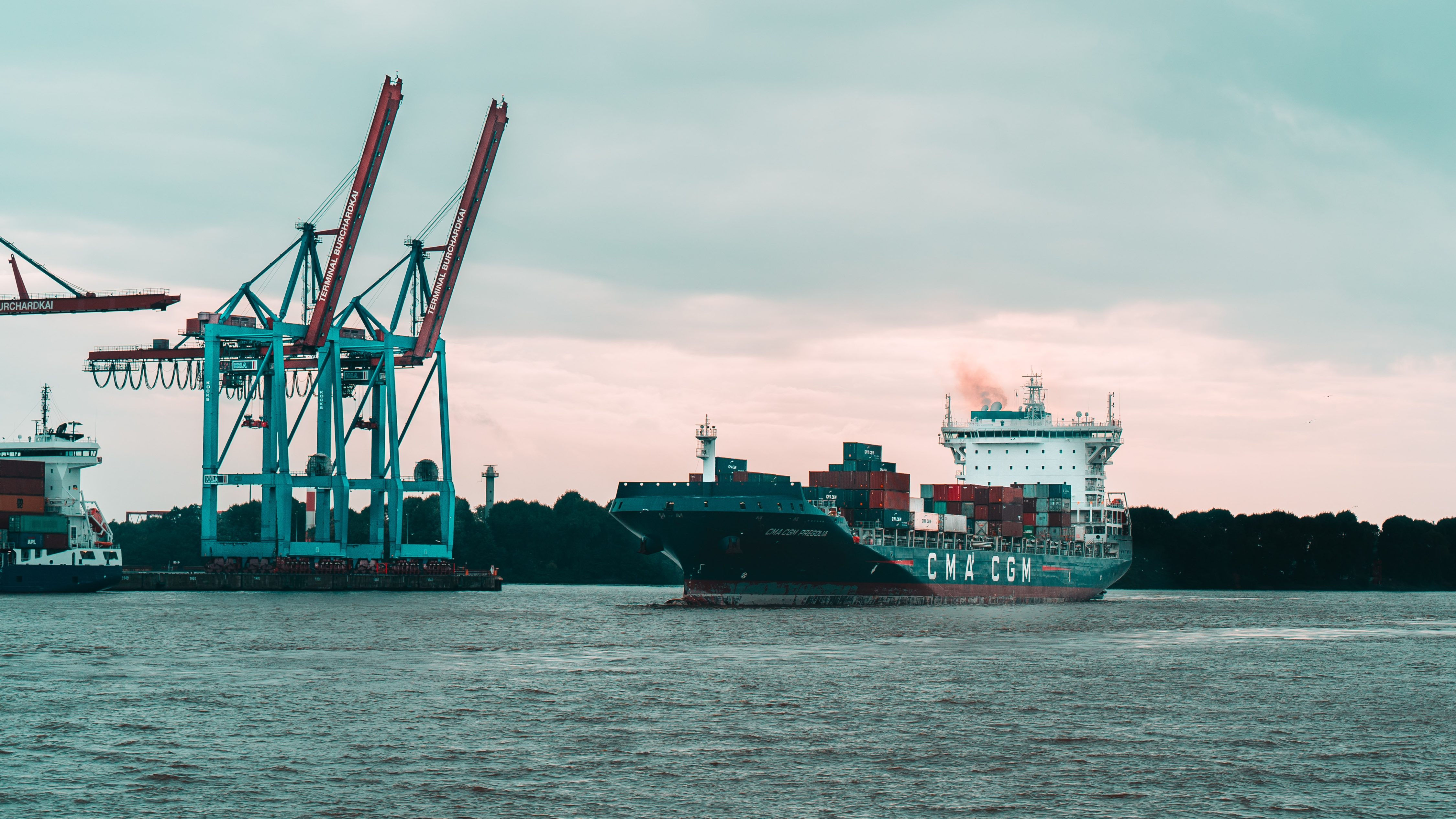Could the silver lining of the much-anticipated global economic slowdown be that it affords companies breathing space to prepare for supply chain transformation? If so, it is an opportunity that comes not a moment too soon. Business leaders from board level down should grab it with both hands.
For most organizations, the top priority over the past decade has been to reduce costs. In calmer times, an approach that focused on this goal could deliver valuable margin improvements. More recently, however, it has begun to feel like a false economy; many companies have regretted failing to make supply chain resilience their overriding priority.
The false promise of globalization
Even before the pandemic hit, companies were questioning the merits of supply chain globalization. Procuring components and materials from the cheapest supplier seemed an obvious route to delivering dramatic savings. However, this frequently entailed sourcing orders from geographically distant areas; the cost of shipping, as well as the administration and management involved in running global supply chains, ate into newly realized efficiencies.
Such anxieties escalated into full-blown panic as the pandemic brutally exposed the vulnerabilities of globalized supply chains. Businesses reliant on suppliers in far-flung markets found themselves double losers, as they were forced to suspend business for long periods under lockdown conditions and, even when open, had difficulty meeting demand as their suppliers were locked down. The collapse of global freight systems added to these troubles.
It is tempting to draw a line under this as a devastating but once-in-a-lifetime period that procurement teams will never face again. However, while it may never happen again in quite the same way, exogenous shocks are always a threat; Russia’s invasion of Ukraine in March, for instance, plunged companies dependent on suppliers in that part of the world into further crisis.
Business leaders have not always paid close attention to supply chain management, but the fallout of these crises has ensured that it is front of mind for leaders across the business now. In April, for example, US technology giant Apple warned that its second quarter revenue could come in as much as $8bn short of expectations because of headwinds including supply chain disruption arising from pandemic-related factory shutdowns in China. That warning was sounded just days after GE saw its shares fall 10% following a statement advising that supply chain challenges exacerbated by conflict in Ukraine would hit revenue.
If anything, Russia’s war with Ukraine is having an even more devastating impact on supply chain than the pandemic did. More than 600,000 businesses worldwide rely on Russian and Ukrainian suppliers of products such as wheat, corn, sunflower seed, and semi-finished iron products, according to research from Dun & Bradstreet. To aggravate the situation further, the impact on the oil and gas sector has sent businesses’ energy costs spiraling out of control.
The case for sustainability demands change
Against this backdrop, businesses have no alternative but to rethink their supply chain practices. Globalized supply chains that promote reliance on a single supplier or jurisdiction, whatever the geographical distance involved, will inevitably be vulnerable to the kind of violent disruption prompted by the seismic geopolitical and health-related shocks of recent years.
In any case, as companies come under pressure to improve their sustainability, global supply chains look increasingly problematic as a category. The carbon footprint left by shipping large quantities over long distances is oppressively large, and the challenges of monitoring supplier practices in far-flung markets significant, not to mention the resource-sapping levels of bureaucracy involved.
This pressure will only become more intense as stakeholders and society at large demand companies address their levels of greenhouse gas (GHG) emissions. Many are finding that their Scope 3 emissions – those produced by suppliers – account for 90% of their total emissions.

For all these reasons, companies must change their approaches to supply chain management, moving away from globalized arrangements to work with suppliers in their own regions or, ideally, their own countries. Onshoring and near-shoring may push up costs, but the resultant increased resilience will make this worthwhile.
Dual sourcing will also be an important part of the story. Companies can no longer afford to rely on a single supplier for materials and components that are crucial to their production processes, as to do so makes them a hostage to fortune.
Some companies are going even further, taking ownership of more of their supply chains to exert the control they need to ensure security of supply. Amazon, for example, has built an in-house supply chain and logistics operation that operates everything from warehousing to ship charters and last-mile distribution. The business is well on its way to becoming the world’s largest transportation company.
Procrastination risks further pain
For companies yet to confront the supply chain imperative, the principal obstacle may be finding the bandwidth to plan and execute transformation as they try to manage volatility in day-to-day operations and adjust business plans to an uncertain outlook.
But the question they may be obliged to ask themselves is: if not now, then when? There is no prospect of a slowdown in the pace of change or a calming of market volatility, and the longer that supply chain vulnerabilities are left unaddressed, the greater the chance that they will lead to serious issues for the business.
Economic slowdown is now predicted to occur in most markets worldwide in the medium term: the IMF expects global growth to slow from 6.0% in 2021 to 3.2% in 2022 and 2.7% in 2023. This could force many companies to operate at less than full capacity during this period. Supply chains may become shorter and narrower, as businesses trim their offerings to save cost and consequently reduce input orders.
Leading from the top
Given the correct mindset, however, companies can take advantage of instability. While the slowdown may provide a small window of opportunity in which to do the radical thinking required for supply chain transformation, the whole company will need to make this a priority.
Board-level directors and the C-suite, who have traditionally been relatively hands-off in supply chain management, will need to get their hands dirty. Supply chain transformation requires commitment and enterprise-wide engagement and must be integrated in the context of the business’s medium- and long-term commercial strategy.
All aspects of the business plan need to be considered in the context of supply chain infrastructure. Car manufacturers shifting into electric vehicle production, for example, will require a supply chain optimized for that output, rather than their current production range. Energy producers shifting towards renewables face a similar challenge.
In other cases, it may be the process of production that changes, rather than the end product. Digital transformation and the rapid evolution of advanced technologies mean that, for many companies, production will look very different in five years’ time, which will likewise require a supply chain that can adapt to this.
This is why supply chain transformation must be led from above. The problems so many businesses have faced are symptomatic of focusing on suppressing cost rather than boosting resilience in supply chain strategy. The drive for sustainability adds to the imperative for change. Boards must now address that imperative, ensuring their supply chains can deliver the future they want for their businesses.






